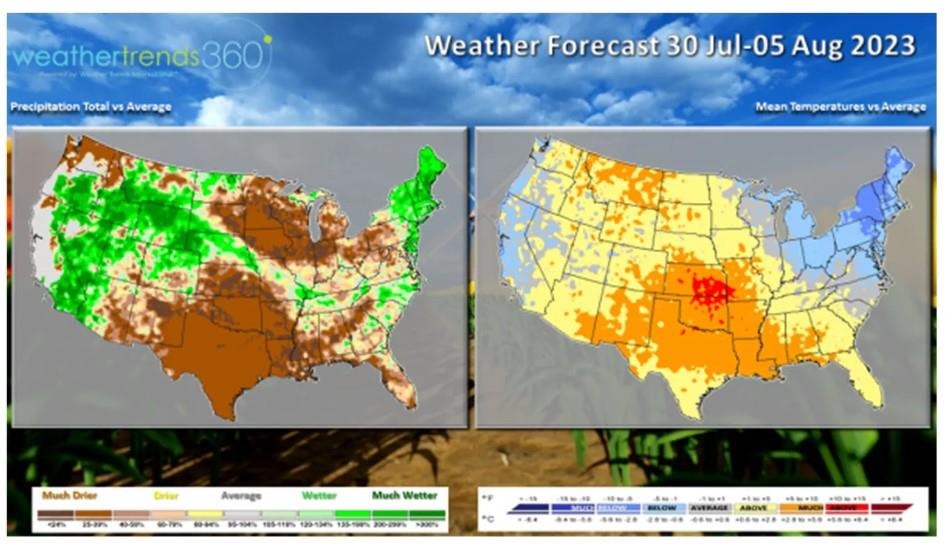By Jeff Mulhollem
Feral swine are considered one of the top invasive species of concern in North America because of the damage they do to agricultural and natural systems. To best manage them, resource management agencies need to know more precisely where and when to implement control methods. A new study by a Penn State-led research team developed a method to help guide control efforts in the Great Smoky Mountains National Park.
Descended from wild European boars imported centuries ago that bred with escaped domestic pigs, feral swine cause widespread damage to ecosystems by wallowing — rolling about or lying in water, creating muddy depressions — and rooting, destroying vegetation. Controlling feral swine can be logistically difficult and costly due to the large areas they traverse, their early reproductive age and their large litter sizes.
The Great Smoky Mountains National Park is a 522,427-acre park, divided almost evenly between the states of North Carolina and Tennessee. Besides the damage that wallowing does to the fragile ecosystem that has not evolved with native animals that wallow, the behavior is a significant source of silting and contamination of streams inhabited by native brook trout, which have a low tolerance for contaminated or silted waters.
Feral swine’s voracious appetite reduces natural food stocks such as acorns, which directly effects deer, black bears and other native species that inhabit the park. They are also carriers of diseases dangerous to both humans and wildlife.

The research involved trapping, anesthetizing and fitting 16 female feral swine with global positioning system — better known as GPS — collars to track where the invasive animals traveled within the park.
“Using these locations, we developed predictive models for the summer and winter to determine the most likely places to find feral swine,” said team leader Frances Buderman, assistant professor of quantitative wildlife ecology in the College of Agricultural Sciences. “We created a straightforward method that accounts for general, large-scale space-use, and fine-scale preferences for specific habitat.”
In findings recently published in Biological Invasions, the researchers reported that in summer, feral swine used lower slopes regardless of elevation, especially those closer to human dominated spaces such as along paved and gravel roadways. When moving around the landscape in winter, feral swine showed a preference for higher elevations with lower slopes. They also avoided trails, highly developed areas and oak-dominated areas of the park.
Importantly, the work looked at two different scales of habitat preference, Buderman explained.
“Most animals limit their daily movement to a general area, or home range, and within that home range, they select certain areas more than others,” she said. “However, these fine-scale preferences might not explain why they selected that home range in the first place. For instance, if you looked at my daily movements, you would say I like college campuses, but I wouldn’t choose to live in the town with the most college campuses."
In terms of feral swine, although in the winter they preferred higher elevation areas with less oak habitat within their home ranges, their home ranges were located in lower elevation areas with more oak habitat relative to the entire park landscape. When acorns were abundant, they constituted up to 84% by volume of the documented diet of feral swine in Great Smoky Mountains National Park, according to researchers.
Source : psu.edu